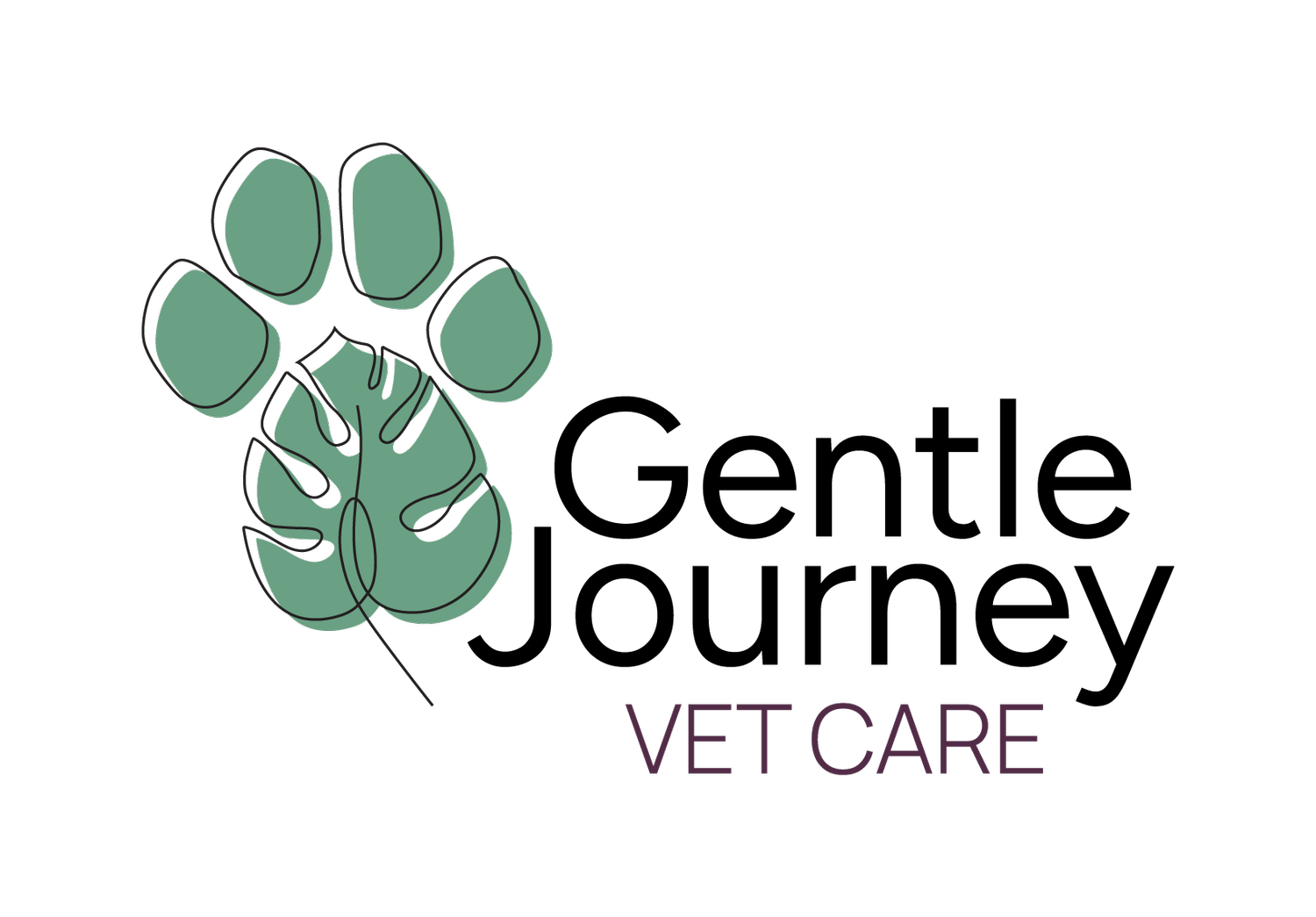Fun with Enrichment for Your Dog
Enrichment for your dog is fun and necessary for a happy and fulfilled life. Each dog enjoys different types of enrichment. Providing it to your dog can come in many forms, and you can find what works best for you and your beloved companion.
Canine enrichment is the identification and then fulfillment of natural behaviors and needs for your dog. These behaviors can vary between dogs, and each dog has specific needs. Generally, enrichment can include sensory input — like tastes and smells — and natural behavior fulfillment — like shredding, licking and digging. Although some parts of enrichment include physical activity like exercise, exercise itself does not necessarily provide enrichment. Canine enrichment is commonly split into five categories including social, nutritional, sensory, occupational and physical.
Finding out what natural behaviors your dog displays can help you find the enrichment that will fulfill their needs best. For example, if your dog keeps digging up your vegetable garden, providing a dig box that is filled with sand or a ball pit, and has toys and smells can fulfill their natural behaviors to dig, and keep the garden safe and everyone happy. Another example is, if your dog chews up your slippers, giving them safer and purposeful options like cardboard boxes and paper bags to shred can fulfill this need.
Social
This type of relationship includes relationship building. For a dog, this can include relationships with their guardian, with their care team including veterinary staff and trainer, and with other dogs. This is not the same as socialization in puppies. Social enrichment should be kept controlled and positive, meaning that each experience should be a safe place with informed participants to help build trust.
Example: A play date with your dog’s best friend in a fenced in private yard or a pattern game to build confidence and communication.
Nutritional
This type of enrichment involves eating, finding and smelling food. This type of enrichment is independent of meals, as you want to ensure your dog’s needs are met before engaging in enrichment.
Examples: A puzzle toy (these are commercially available), packing paper into a cardboard box with a handful of treats thrown in, or a few treats placed throughout your home and assisting your dog to find them.
*Always monitor your dog to ensure they are not consuming pieces of a toy or cardboard.
Sensory
Just like us, dogs have five senses — sight, sound, touch, taste and smell. These can be met in a variety of ways, and some dogs may prefer some over others. Touch can include your dog’s tactile sense such as physiotherapy, including massage or guided strength exercises. A dog’s sense of smell is 10,000 to 100,000 stronger than a humans and can be a valuable source of enrichment. Allowing them to sniff new smells can be really rewarding.
Examples: A slow, quiet walk allowing your dog to explore a space including touching different textured surfaces, smelling the variety of scents, and watching the environment.
Offer your dog pet-safe snacks to allow them to experience new flavors and smells.
Unpack your groceries and allow your dog to smell each item. To us it looks like a box, to them each box smells like a story.
Occupational
This type of enrichment can be breed-specific, but should be based on your dog’s interests regardless of breed. Dogs share many innate behaviors including chasing, herding, swimming, jumping, following scents and more. Many dog sports, groups and activities can be pursued to see what you and your dog enjoy participating in best. Alternatively, these activities can often be modified to pursue in the comfort of your home or yard.
Example: Tug toy games are often enjoyed and fulfill the need to grab and pull that some dogs have. Scent work is a fun way to work with your dog in any space, which involves hiding a treat or scent and allowing your dog to find it, fulfilling the need to ‘hunt,’ search and find.
Physical
Most commonly pursued by walking your dog, physical enrichment can also include moving over different textures and heights within an indoor space, or exploring new spaces such as hoops, tunnels or boxes. With any new enrichment, move slowly and keep it positive, which helps your dog build confidence. Physical enrichment can also change with each season.
Example: Taking a walk in a new neighborhood, or introducing an agility tunnel or Cavaletti poles in your living room.
You can see that many types of enrichment overlap, and there are many accessible ways to fulfill your dog based on their needs and what you have available. When exploring types of enrichment for your dog, consider what they already love to do and how to take it to a new place or next level. Canine enrichment is ultimately about fulfilling your dog’s needs, and remember to keep it light and fun. It can also reduce boredom, provide physical exercise and strengthen your bond.
Enrichment can be adjusted based on your pet’s abilities as well their needs. All five types of enrichment can be pursued in a senior dog or dogs with disabilities, with adjustments for their safety and comfort.
If you want to ensure you are maximizing your dog’s quality of life and comfort, please reach out to hello@gentlejourneyvetcare.com. We can work with you to provide suggestions to enhance your dog’s enrichment activities at home.


